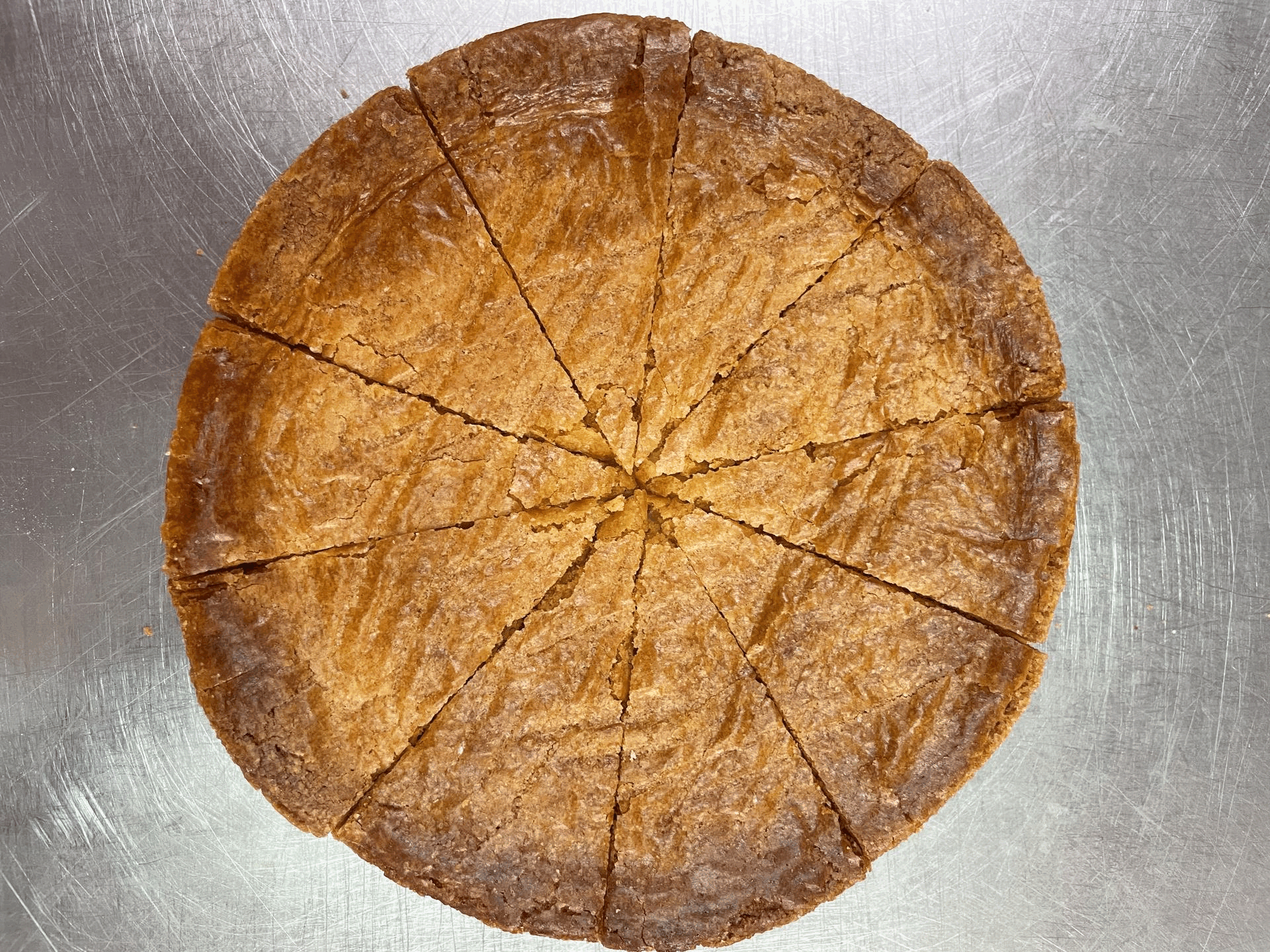
The tradition that is combined with the plurals
The Basque cake
Etxeko biskotxa
The art of a gourmet heritage
Discover history and passion behind this treasure of French pastry.

Forecast in a few days " Biskotx" will talk to you and guide you throughout the site!!!
This "Biskotx" is crispy and melting.
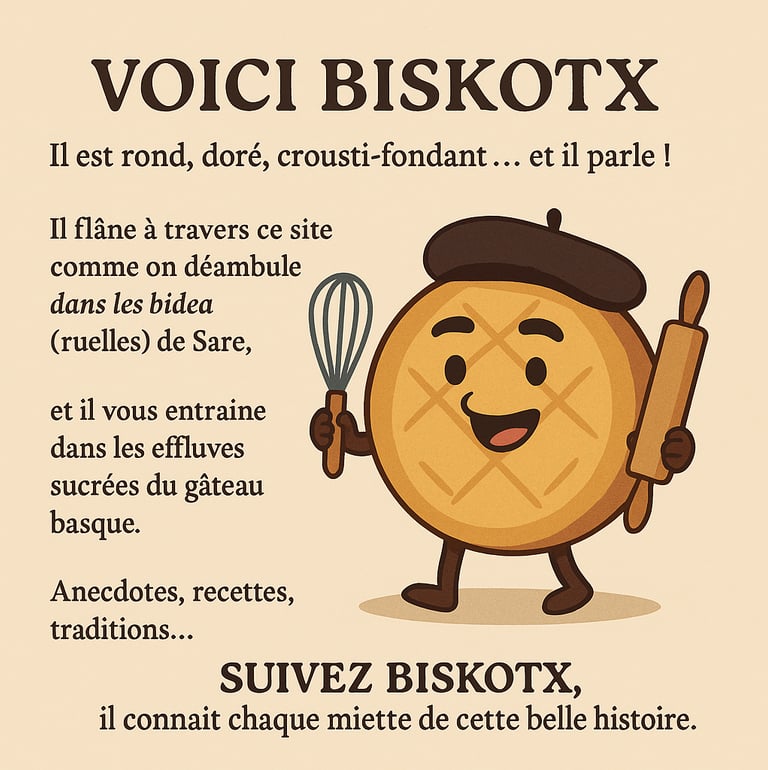

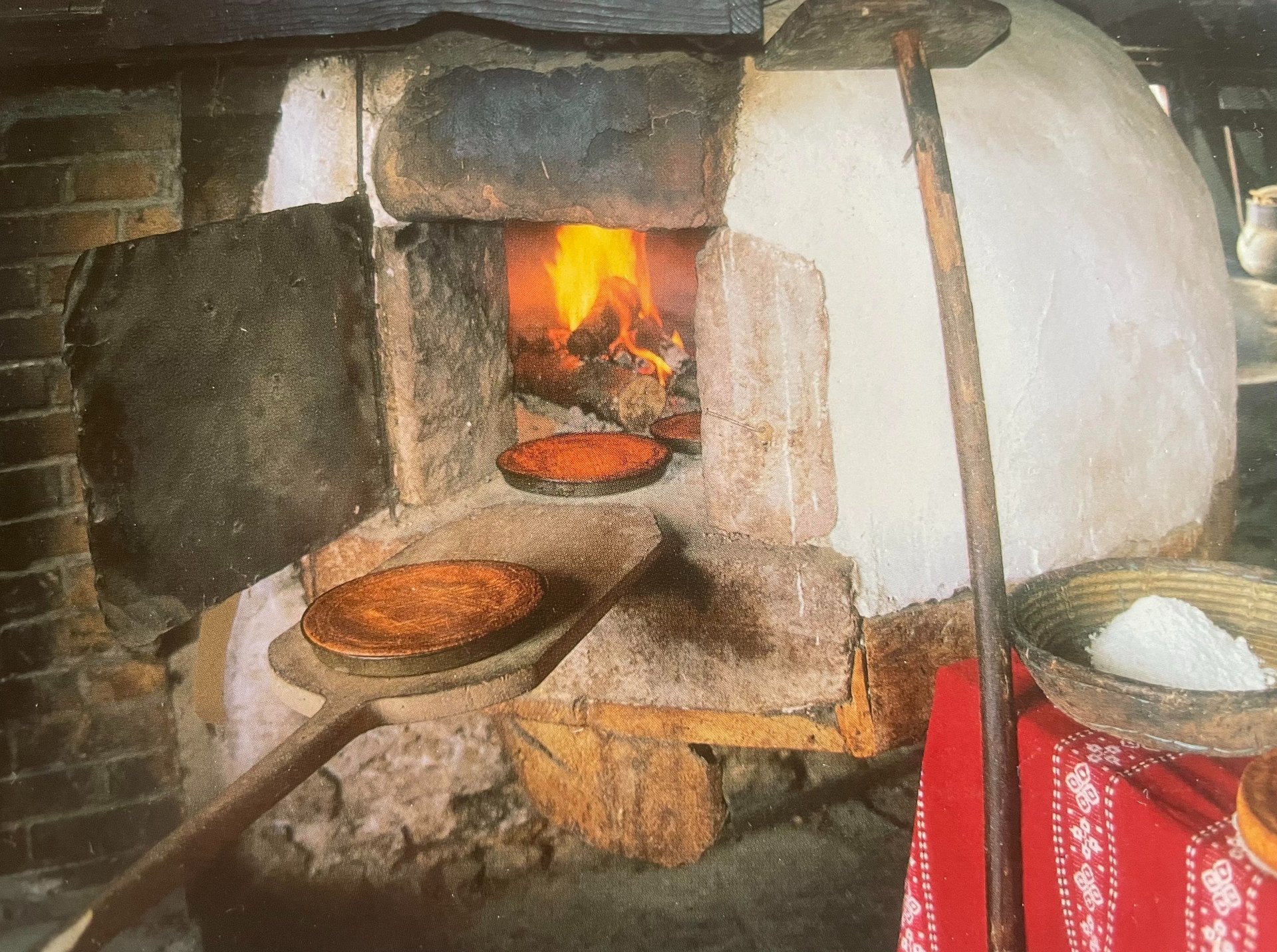
Notebook of recipes gleaned over time, from encounters and travels.

Bidarray's cake
Recipe for paste 200grs flour,
1/2 sachet of baking powder,
2 grs of salt,
150 grs of butter, 200 grs of sugar, 2 eggs and 1 yellow.
Basque cake revisited for diabetics.
By Mélanie Mercier, dietician-nutritionist
The dough
.150g T55 flour
100g of cornstarch
120g cane sugar
100g lighter margarine with omega 3
3 eggs
25cl of almond milk
2 vanilla pods
2cl of rum
The cream by thrilling the milk with a split vanilla pod and "scratched". In a bowl, beat 2 eggs, add 70 g of sugar and bleach. Add 50 g of flour.
Carbohydrate equivalence:
1 share = 200 g of cooked pasta or potatoes = 80 g of bread
Let yourself be carried away by the flavors of the Basque Country with these recipes! This treasure of the Basque heritage, simple to prepare and quick to cook, it reveals a melting heart and a slightly irresistible crisp paste. A pure moment of comfort to savor without moderation. We eat, good appetite.
My recipe
General information
• Servings: 6 to 8 portions
• Preparation time: 40 minutes
• Cooking time: 30 minutes
• Oven temperature: 180°C (Thermostat 6)
Ingredients:
For the sweet pastry:
• 200 g of fine butter 82% fat
• 200 g of granulated sugar
• 4 egg yolks + 2 whole eggs
• 400 g of T55 flour
• 3 g of fine salt
• 1/2 sachet of baking powder (5 g)
For the pastry cream:
• 500 ml of whole milk
• 2 egg yolks + 1 whole egg
• 120 g of granulated sugar
• 50 g of T55 flour
• 1/2 vanilla pod
• 20 g of 55° amber rum (essential!)
For the finish:
• 1 whole egg for browning, make a little decoration of your choice!!
Preparation
1. Prepare the dough (all ingredients at room temperature)
1. In a bowl, mix the butter, sugar and salt
2. Add the eggs and mix well
3. Add the previously sifted flour and yeast
4. Form a ball of smooth, non-sticky dough
5. Wrap in cling film and refrigerate for 30 minutes
2. Prepare the pastry cream
1. Boil the milk with the vanilla pod split in two
2. In a bowl, blanch the sugar with the egg yolks and the whole egg
3. Tip: mix a little sugar with the flour to avoid lumps
4. Pour half of the boiling milk over the egg-sugar mixture, whisking vigorously
5. Pour everything back into the saucepan with the rest of the milk
6. Return to medium heat, stirring constantly until thickened
7. Remove from the heat and add the rum (better if the cream has cooled)
8. Pour into a bowl, cover with cling film and let cool
3. Assembly and baking
1. Roll out the pastry to 5 mm thick and cut out 2 discs
2. Place the first disc in the bottom of the mold
3. Fill with pastry cream, stopping 2 cm from the edge
4. Cover with the second disc and seal the edges well
5. Brush the surface with beaten egg
6. Bake at 180°C for 30 minutes until golden brown
7. Leave to cool completely before removing from the mold and serving
Tips :
• Let it return to room temperature before serving.
• Keep for 2-3 days for the cream, a little longer for the cherry.

Pablo Gicquel recipe


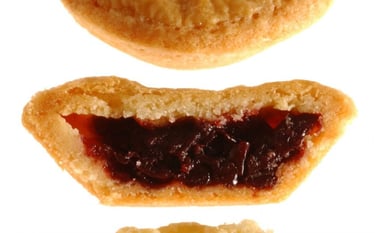

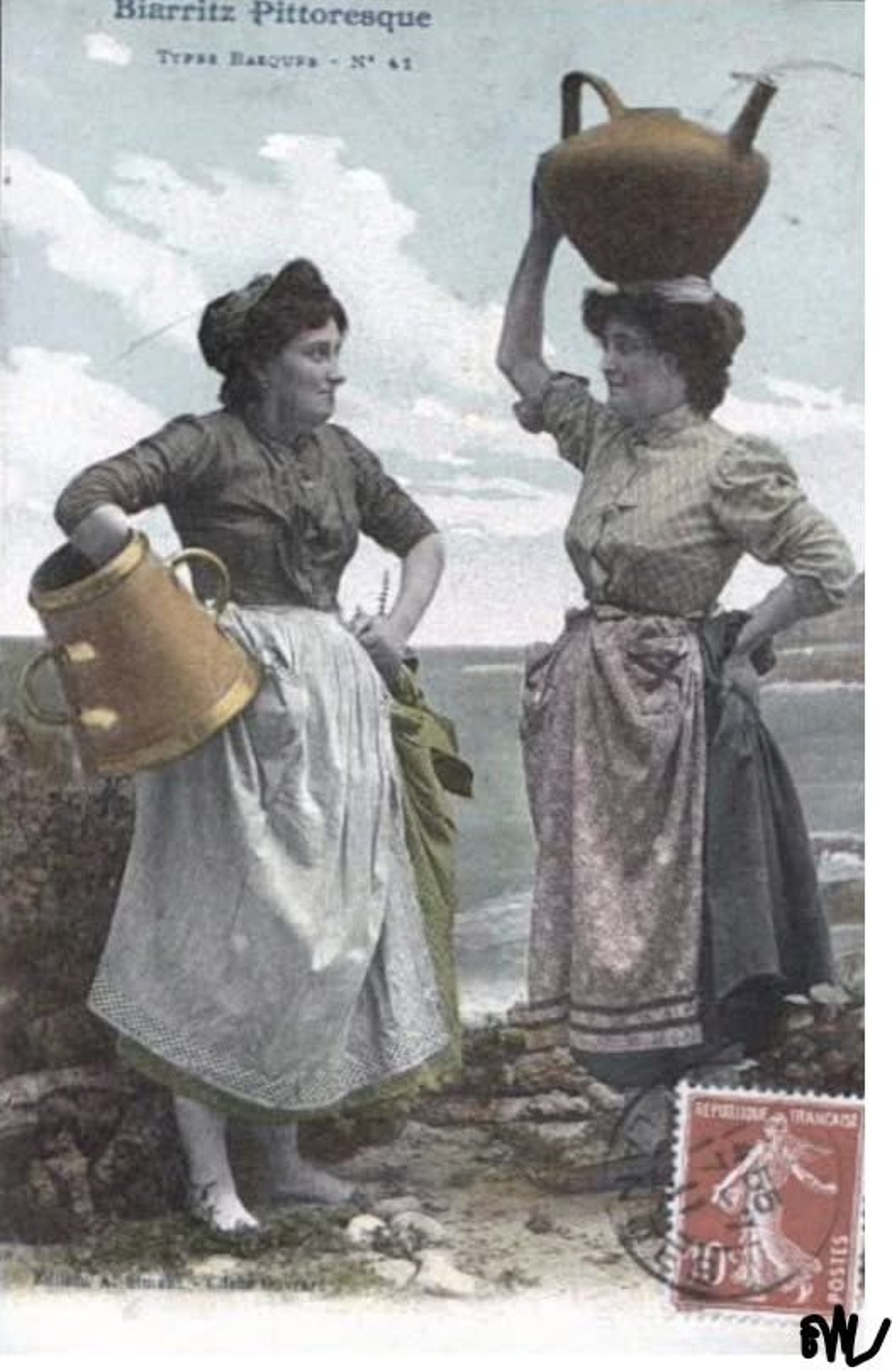
The Basque cake
Ambassador of French Gastronomy as a UNESCO World Heritage Site
A gastronomic heritage recognized worldwide
since November 2010, French gastronomy has entered Unesco heritage (more precisely, to the intangible cultural heritage of humanity), marking exceptional international recognition of French culinary art. This registration does not only concern emblematic dishes, but all of the cultural practices surrounding the French meal.
The Basque cake: a nugget of the French terroir
has this heart of this gastronomic richness recognized by UNESCO, the Basque cake occupies a place of choice. This traditional pastry, born in the French Basque Country, perfectly embodies the values that have earned this distinction to France: the authenticity of local products, the transmission of ancestral skills and the art of French living.
The essence of intangible heritage
This category, created in 2003, aims to protect traditional cultural and know-how practices. The Basque cake fits perfectly into this approach: its traditional recipe, transmitted from generation to generation, represents a unique culinary know-how which forges the cultural identity of the Basque Country.
A symbol of cultural
according to UNESCO experts, French cuisine therefore strengthens the collective identity of the country and contributes to the cultural diversity of the world. The Basque cake perfectly illustrates this regional diversity which makes the richness of French gastronomy. Each region brings its stone to the national culinary building, and the Basque Country, by its specialties like this emblematic cake, fully participates in this taste mosaic.
More than a pastry: an art of living
in 2010, UNESCO distinguishes “ French gastronomy” in the sense of “French meal”, this moment of conviviality around a table where quality dishes are divided. The Basque cake is part of this tradition: it is much more than a simple pastry, it is a moment of family sharing, often prepared for special occasions, embodying the spirit of conviviality dear to French culture.
A heritage responsibility
as an integral part of the French gastronomy recognized by UNESCO, the Basque cake carries a responsibility: that of perpetuating authentic culinary traditions in the face of global food standardization. Each cake made according to the traditional recipe - with its shortbread dough, its rum flavored pastry cream and its golden gilding - helps preserve this intangible heritage for future generations.
Conclusion: a living heritage
are elements that generations are transmitted and which provides each country with a feeling of particular continuity and identity. The Basque cake, as an ambassador of French gastronomy as a UNESCO World Heritage, reminds us of the importance of preserving and transmitting our culinary traditions. He is the witness of a French living art that transcends borders and is now part of the common heritage of humanity.
To taste an authentic Basque cake is therefore to participate in the preservation of a world heritage, to honor centuries of culinary tradition and to celebrate cultural diversity which makes the richness of our world.
Discover the history of this heritage cake of a country.
I hesitated for a long time, why write on the Basque cake?
But after a lot of years, I accumulated stories, scraps of conversations heard in kitchens, recipes gleaned over the years, secrets and manufacturing tips transmitted by passionate craftsmen. All of this may deserve to be simply posed.
What I would like to tell it will not be a learned manual, just a souvenir book. Simple moments:
-A Amatxi who kneads his dough on Sunday morning.
- An oven that smells of cream with these vanilla and rum fragrances.
- Variations from one recipe to another.
- A recipe that went wrong, but a result !!!!!!!!
Nothing more, maybe someone, one day, will find in these pages an echo of our traditions. Or maybe it will only be a gift to my own memory.
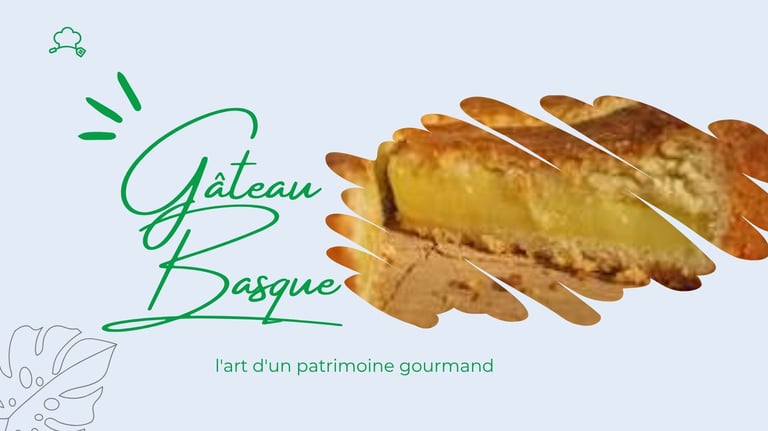

Tradition.
This word has no packaging.
It cooks in the houses.
It smells of black cherry or soft cream.
Not pistachio, not speculoos.
Tradition is the silence of an oven that speaks more than any window.
When you touch the soul, you end up erasing it.
The Basque cake - 'crust heritage' ”
It is not a simple dessert. It is a manifesto. A pastry vestige of resistance. A dense structure, voluntarily rustic, which rises against the frivolous lightness of mosses and espumas.
Under the golden crust - almost toasted, like a childhood memory forgotten in the oven for a minute too much - a dual texture: crisp on the surface, honeyly melting with heart. The dough? A hybrid: compacted shortbread, almost architectural, but which melts under the language as a well -kept secret. Butter, egg, sugar - but here, reconciled, not mixed. There is a tension between the solidity of the terroir and the smoothness of a home.
In the center, a dense, almost candied pastry cream, with vanilla scents (or a black cherry tree, for those who dare the heretical version). She is not there to flatter. She anchors. She connects. She recalls that the Basque cake is not a dessert: it is a edible topography. Basque cartography. A peasant burned cream imprisoned in a rebellious pie.
Taste? Caramelized but never sweet. Kidy but never dry. Familiar, and yet unclassifiable. This is the point of convergence between the heat of a flan and the firmness of a smuggling cookie. If one day, a pie decided to become sovereign, it would be Basque cake.
The Basque cake appears for the first time in the journal written by Curnonsky, France at the table , one edition of which was devoted to the Basque Coast in 1936. However, it is only mentioned very quickly under the name of Pastiza , deformation of the Gascon Pastis which meant "the pâté or the pie" sweet or salty, in the inventory that Curnonsky of the regional specialties of the Basque Côte.
It was not until the 1950s that the Basque cake really appeared in regional cooking books and that part was exclusively reserved for it. Thus, Curnonsky dedicates this time to him an entire page accompanied by the recipe and a photograph in his cookbook recipes and landscapes. Sud-Ouest and Pyrénées , as well as Bayonne chocolate, Biscayenne cod, or piperade accompanied by his Bayonne ham. In 1958, it was René Cuzacq's turn to evoke the Basque cake in his work, without praising it.
The press is interested in the Basque cake
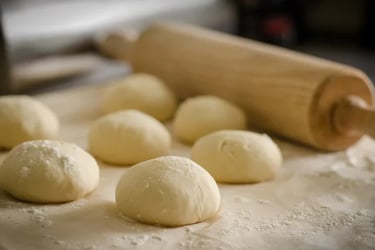

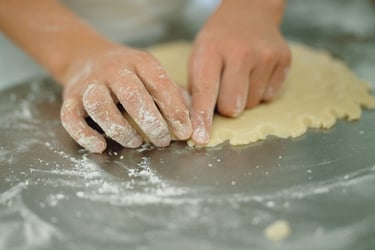

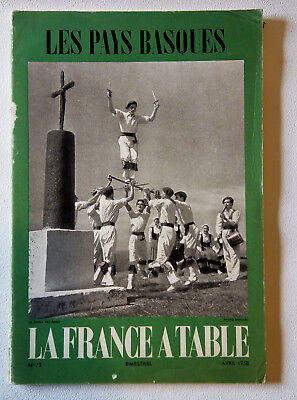

Gourmet gallery
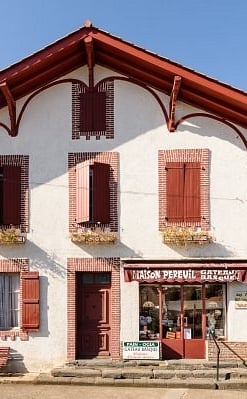


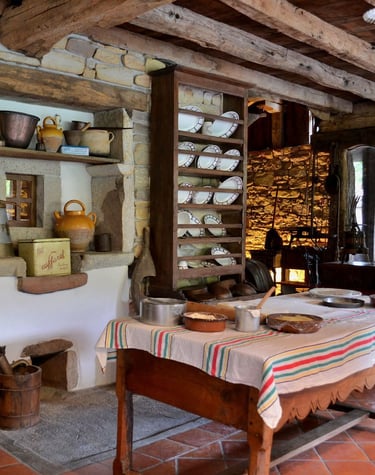
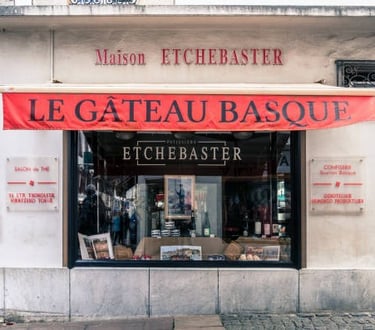

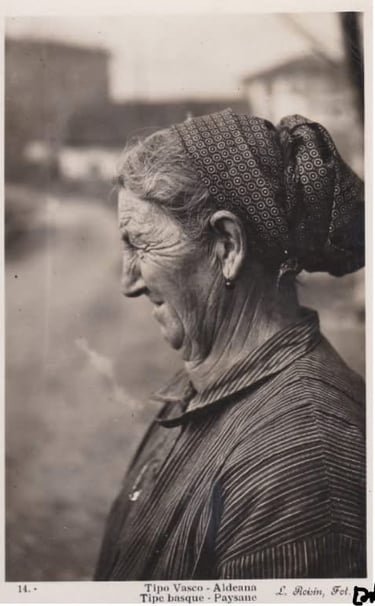

Maison Pereuil St Pèe sur Nivelle
The Musèe of the Sare Basque Cake
Contact us
For any questions or requests, do not hesitate to contact us. We are here to share our passion for the Basque cake.
Write
+33 6 08 48 09 85
vincentmarichular@gmail.com
Discover the authenticity of the Basque cake.
Gourmet tradition and heritage
+33 6 08 48 09 85
© 2025. All Rights Reserved.